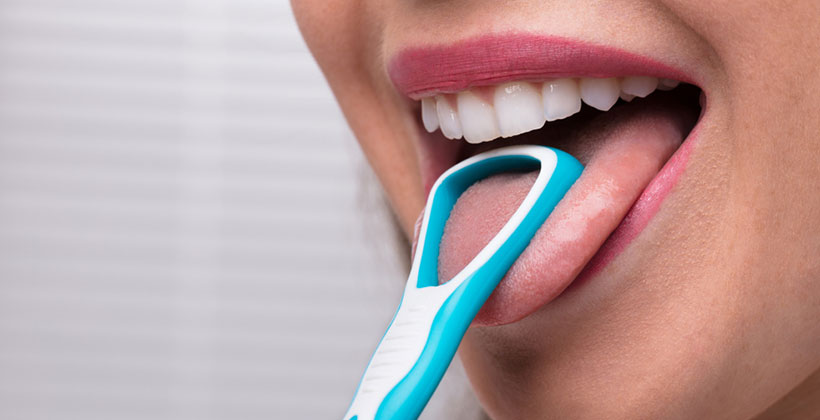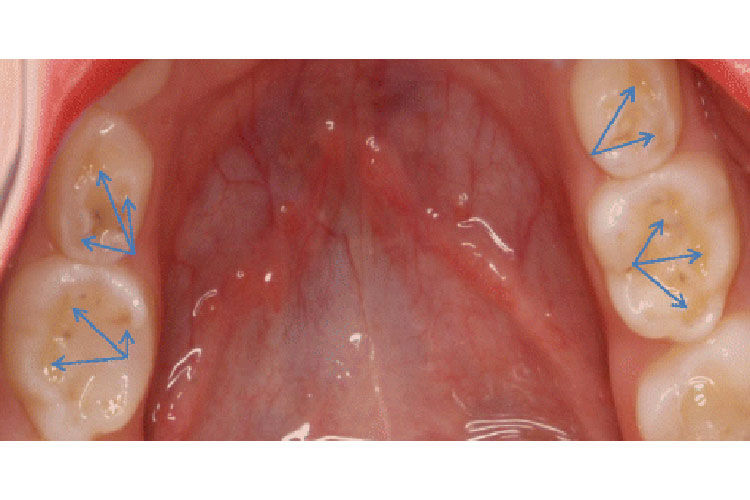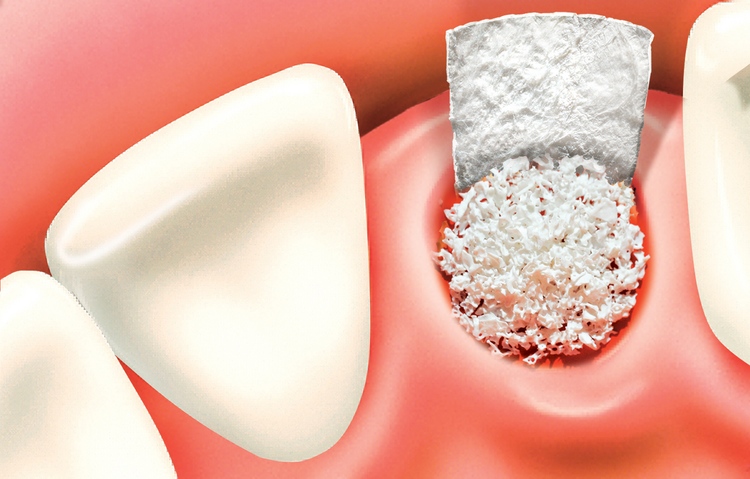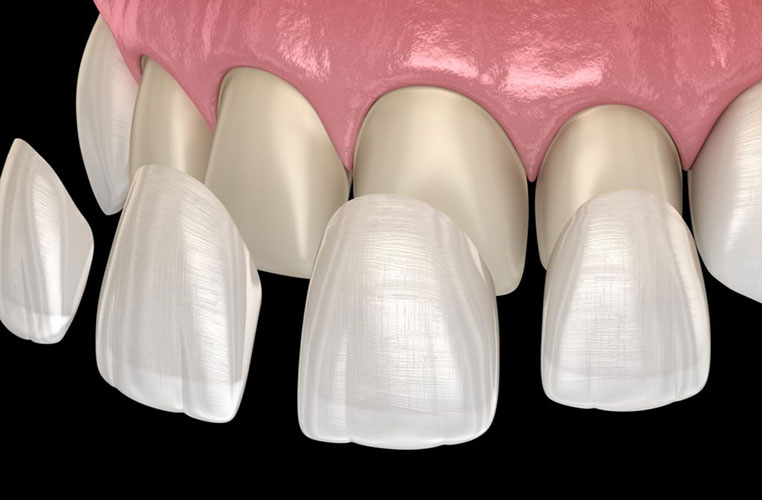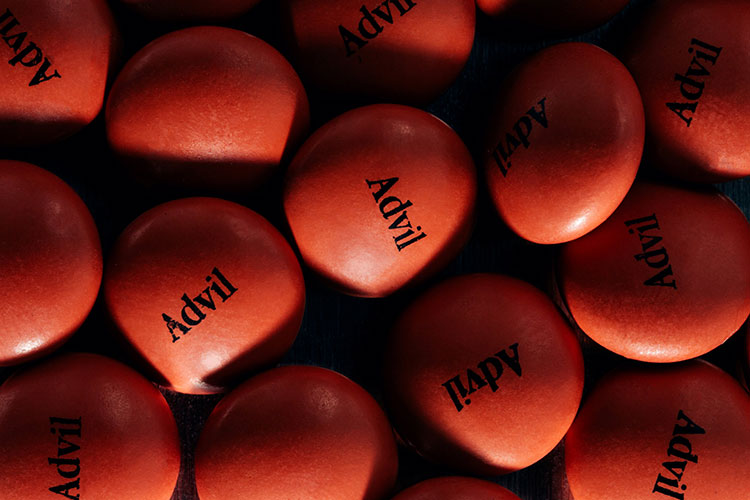A tongue cleaner (also termed a tongue scraper or tongue brush) is an oral health tool intended to clean the film on the tongue’s top surface.
The wide surface area and lingual papilla are anatomical characteristics of the tongue that lead to “coat” formation on its surface comprising of microbes, food, saliva, and “necrotic epithelial cells”. St. Lawrence Dentistry feels that tongue cleaning is a pillar of overall oral health maintenance and encourages you to give it a try!
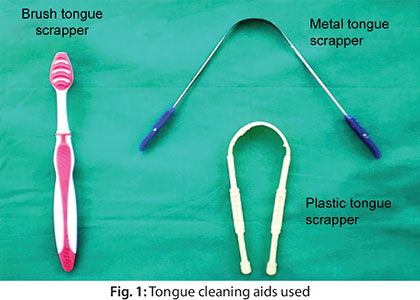
Freshening Breath
Many of our Mississauga dental patients ask how they can reduce bad breath. Investigations reveal that the microbes on the tongue regularly generate compounds and fatty acids responsible for 80% to 85% of all cases of bad breath. The other 15% to 20% begin in the stomach, from the tonsils, and spoiling food stuck amidst the teeth. Also, gum disease, dental caries, and plaque attached to the teeth can be adding factors. Moreover, the degeneration of oral debris by bacteria produces organosulfur aggregates (volatile sulfur compounds) on the back of the tongue. A 2006 Cochrane study found data of reduced levels of odor-causing microbes after tongue scraping. Dr. Hawryluk recommends tongue cleaning as one way of reducing bad breath.

Aesthetics
The tongue is normally pink in color. However, it may develop a white or colored coating due to diet, decreased salivary flow, diminished oral hygiene, or tongue anatomy. Tongue cleaning can subdue this coating and help restore it to its actual pink color. After removing this debris, Dr. Hawryluk says you may even find you have an improved taste sense. For example, your tongue may be able to better differentiate between bitter, sweet, salty, and sour sensations.
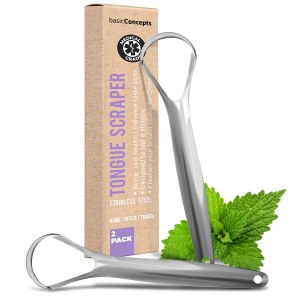
Dental caries and periodontal disease
The tongue exterior can be a repository for tooth microbes. Also, it is a source of bacteria that can colonize the teeth and cause decay. In addition, those with periodontal disease are at increased probability of having a thicker tongue coating and a bacterial flora that generates more volatile sulfur compounds than normal gum tissues—Tongue cleaning might help diminish bad breath, cavities, and periodontal disease.
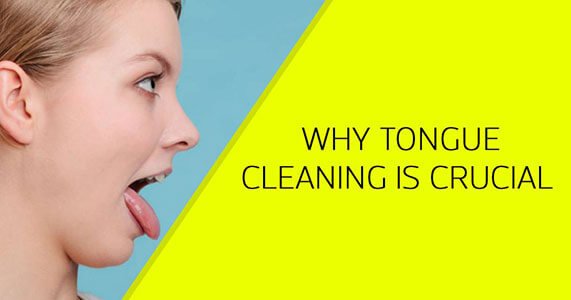
Side effects
Tongue cleaning can be uncomfortable. Incorrect use of a tongue cleaner may provoke a gag reflex or vomiting. Overzealous use of a tongue cleaner may also cause harm to the taste buds. It is not advisable to use a tongue cleaner to rub or brush the lingual tonsils. There is some indication that tongue cleaning may give rise to infective endocarditis in high-risk patients. One of the most significant concerns about tongue cleaning is activating the gag reflex. It could make you throw up. To prevent this, Dr. Hawryluk recommends using tongue scrapers before eating. Furthermore, he recommends starting the cleaning from the midsection of your tongue to the tip. Then, you can gradually advance further back as you get used to the sensation. Be mindful of how much force you’re applying. Excessive pressure could harm your taste buds or pierce the tissue.
History
Tongue cleaning has been around since antiquity. Peoples of the Indian subcontinent regularly used a traditional ayurvedic tongue cleaner composed of copper. Ayurveda, traditional Indian medicine, prescribes tongue cleaning to extract the toxic debris, known as Ama, as part of one’s everyday hygiene routine.
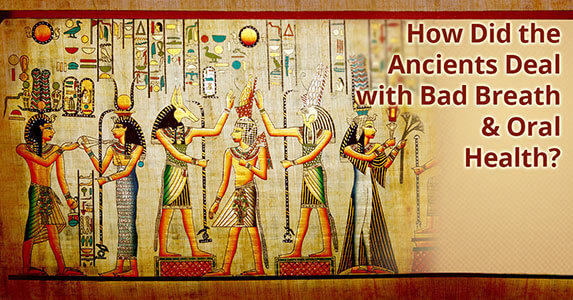
Tongue sanitation has endured for ages in Africa, Arabia, Europe, South America, and several eastern and oriental civilizations. Materials used in the construction include wood, metal, ivory, mother-of-pearl, whalebone, celluloid, tortoiseshell, and plastics. Western societies placed less stress on tongue cleaning. Between the 15th and 19th centuries, tongue cleaning was essentially exercised by those who were well-to-do. It was reported in Europe in the 18th and 19th centuries that Romans also practiced tongue cleaning. In the 20th century, a wide assortment of tongue cleaning devices became available.

Types
You can clean your tongue’s topmost surface using a tongue cleaner, a tongue brush/scraper, or a toothbrush. Dr. Hawryluk feels toothbrushes are not satisfactory since they have a smaller width. Their design is for brushing teeth, which have a firm structure, unlike the spongy tissue of the tongue- this can reduce its capacity to remove debris and bacteria. Some toothbrushes have ridges on the back of their heads to act as a tongue cleaner. An electronic tongue cleanser is also in the marketplace.

Ergonomic tongue cleaners follow the shape of the tongue, which can raise and catch the plaque coating – effectively cleaning the tongue’s surface. There are various types of tongue cleaners. They can be composed of metal or plastic straps. These types have small brush bristles that form “rakes”. There are also circular devices with handles. Their efficacy varies depending on the dimensions, contour, materials used. Tongue cleaners are primarily economical, easy to maintain, and long-lasting.
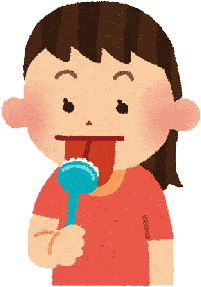
The location of our Mississauga dental clinic is in the beautiful Port Credit district. We would be happy to serve you. If you are looking for a new dentist, please give us a call!
References:
Van der Sleen, Mi; Slot, De; Van Trijffel, E; Winkel, Eg; Van der Weijden, Ga (2010-11-01). “Effectiveness of mechanical tongue cleaning on breath odor and tongue coating: a systematic review.” International Journal of Dental Hygiene. 8 (4): 258–268.
https://en.wikipedia.org/wiki/Cochrane_(organization)
Christensen, G. J. (1998-11-01). “Why clean your tongue?”. Journal of the American Dental Association. 129 (11): 1605–1607. doi:10.14219/Jada.archive.1998
Yaegaki, K.; Coil, J. M. (2000-05-01). “Examination, classification, and treatment of halitosis; clinical perspectives.” Journal (Canadian Dental Association).
https://en.wikipedia.org/wiki/Ayurveda
https://onlinelibrary.wiley.com/doi/abs/10.1111/j.0303-6979.2004.00507.x
- Understanding Dental Cupping on Molars: Causes, Prevention, and Treatment - August 14, 2024
- Bone Preservation: Essential for Strong Dental Implants - August 5, 2024
- Porcelain Veneers from Design to Finish - July 27, 2024



